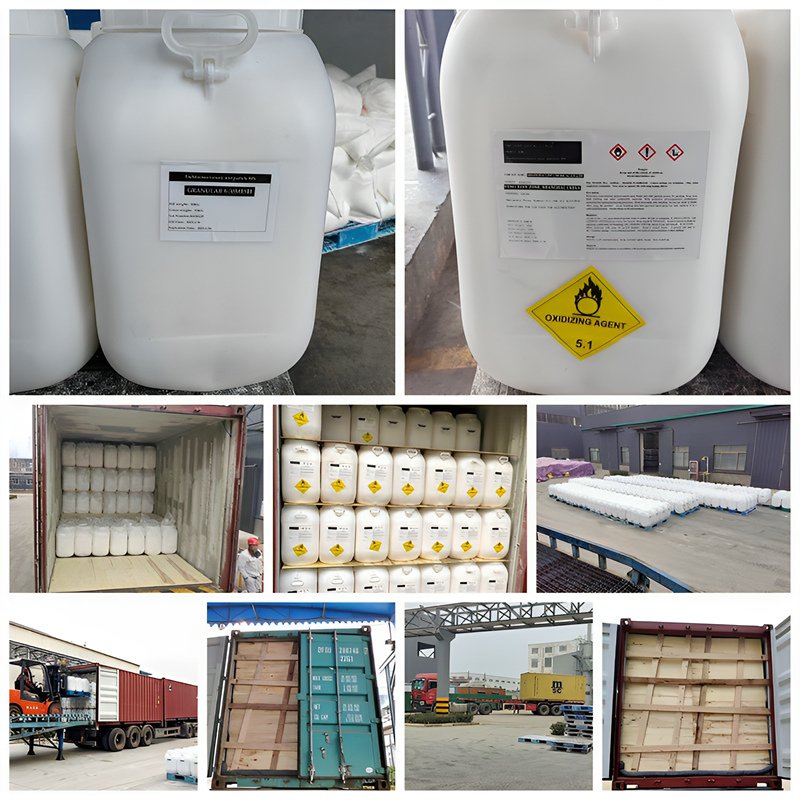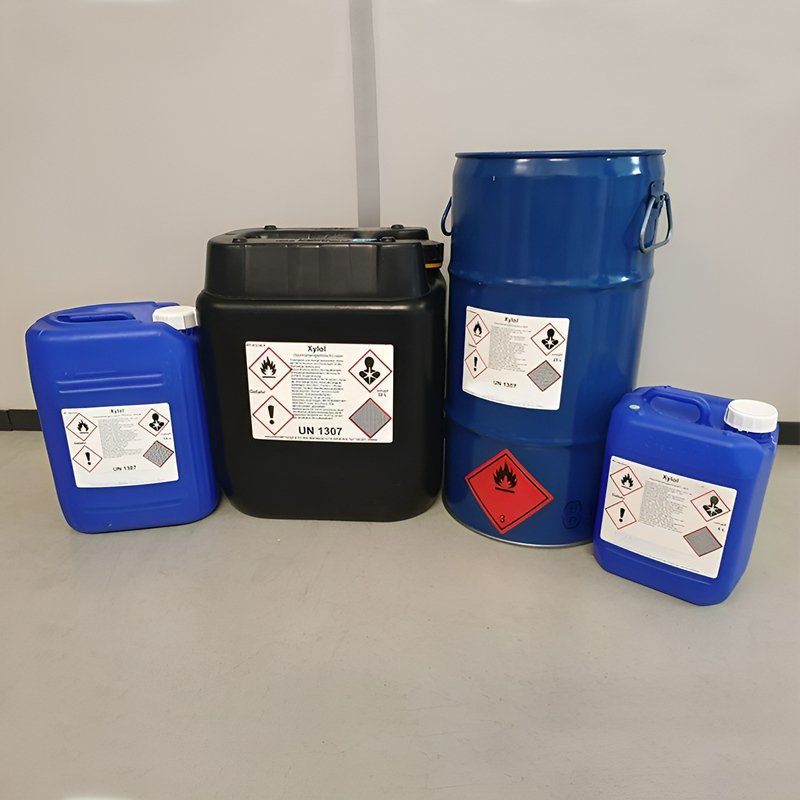Xylene
Xylene is a common aromatic hydrocarbon chemical widely used in solvents, coatings, cleaners, and other industrial applications. It has three isomers, each with different industrial uses. Xylene has excellent dissolving power and can dissolve resins, greases, and other organic matter. It is an important chemical in many industrial production processes.
| Appearance | A colorless liquid with a fruity aroma. |
|---|---|
| Density | approximately 0.86 g/cm³ |
| Solubility | insoluble in water, but soluble in many organic solvents, such as alcohols, ethers, etc. |
| Boiling point | approximately 138°C -144°C |
Xylene Product Details:
Xylene is an important organic chemical raw material with the chemical formula C8H10. It has three isomers, which are mainly classified according to the different positions of the two methyl groups (CH₃) on the benzene ring. The specific classification is as follows:

Applications
Solvents: Xylene is an important organic solvent used in coatings, paints, cleaners, and glues. It dissolves many resins, greases, rubbers, and other chemicals.
Paints and coatings: Xylene is often used as a solvent in producing paints, varnishes, and coatings.
Chemical intermediates: Used in the production of other chemicals such as terephthalic acid (PTA), a key raw material for the production of polyesters such as polyester fibers and bottles.
Composition of petroleum products: Xylene can be extracted from the petroleum refining process and used as an additive to gasoline and diesel to enhance the performance of the fuel.
Laboratory reagents: In chemical experiments, xylene is often used as a solvent to extract and separate reaction products.
1. Flashpoint: The flash point of xylene is about 27°C, which is a flammable liquid, so it needs to be kept away from fire and heat sources.
2. Boiling Point and Melting Point:

(The boiling points of the three types of xylene are similar, all between 138-144°C. But their melting points vary greatly. It should be noted that the above data are the boiling points and melting points of pure substances. In practical applications, xylene is usually a mixture of three isomers, and its boiling point and melting point will be different.)
3. Safety and Health: Xylene is toxic and harmful by inhalation, ingestion, or skin contact. Protective measures should be taken. Wear protective gloves, glasses, and masks when operating in a well-ventilated place.
4. Storage: It should be stored in a well-ventilated, cool, and dry place, away from direct sunlight and high temperature; it should be stored separately from oxidants, acids, alkalis, etc.
Packaging
Typically, we offer 50kg barrel packaging for the safety and convenience of storage and transportation. But we also provide custom packaging solutions based on the customers’ specific requirements.
The barrels we use to store the chemicals are made of high-density polyethylene (HDPE) plastic. These barrels are highly resistant to chemical corrosion and can resist the corrosion of acids, alkalis, salts, and most chemicals. The barrel wall thickness is approximately 2-5mm, and the barrel cover uses a sealing cover to prevent chemical leakage.
The labeling requirements for the barrel outer packaging completely follow GHS requirements, clearly identifying the hazards of chemicals, including label colors and symbols (such as corrosive, flammable, environmental hazard symbols, etc.). Necessary safety measures are also provided, such as treatment methods and first aid measures after contact with chemicals.
When packing, our factory operators will use forklifts to move the neatly stacked barrels of chemicals into the carriage. Each box of goods has a fixed weight limit to ensure that it is not overloaded. In addition, each layer is equipped with partitions to reduce friction between barrels.
Transportation
Typically, we use the sea transportation. But all the packaging materials are moisture-proof, waterproof, and corrosion-resistant, which can ensure the stability of chemicals and prevent leakage or reaction.
All packages are clearly noted with dangerous goods identification and safety data to meet international transportation regulations during transportation, storage, and operation, and to ensure personnel safety and environmental protection during transportation.
Meanwhile, sea transportation can accommodate a large amount of goods, especially for chemicals that are heavy and large in volume, and th etransportation cost per unit of goods is lower.
In addition, sea transportation has a wide transport network, and almost all ports can be used for sea transportation. Its transportation cycle is also relatively stable and highly secure.



